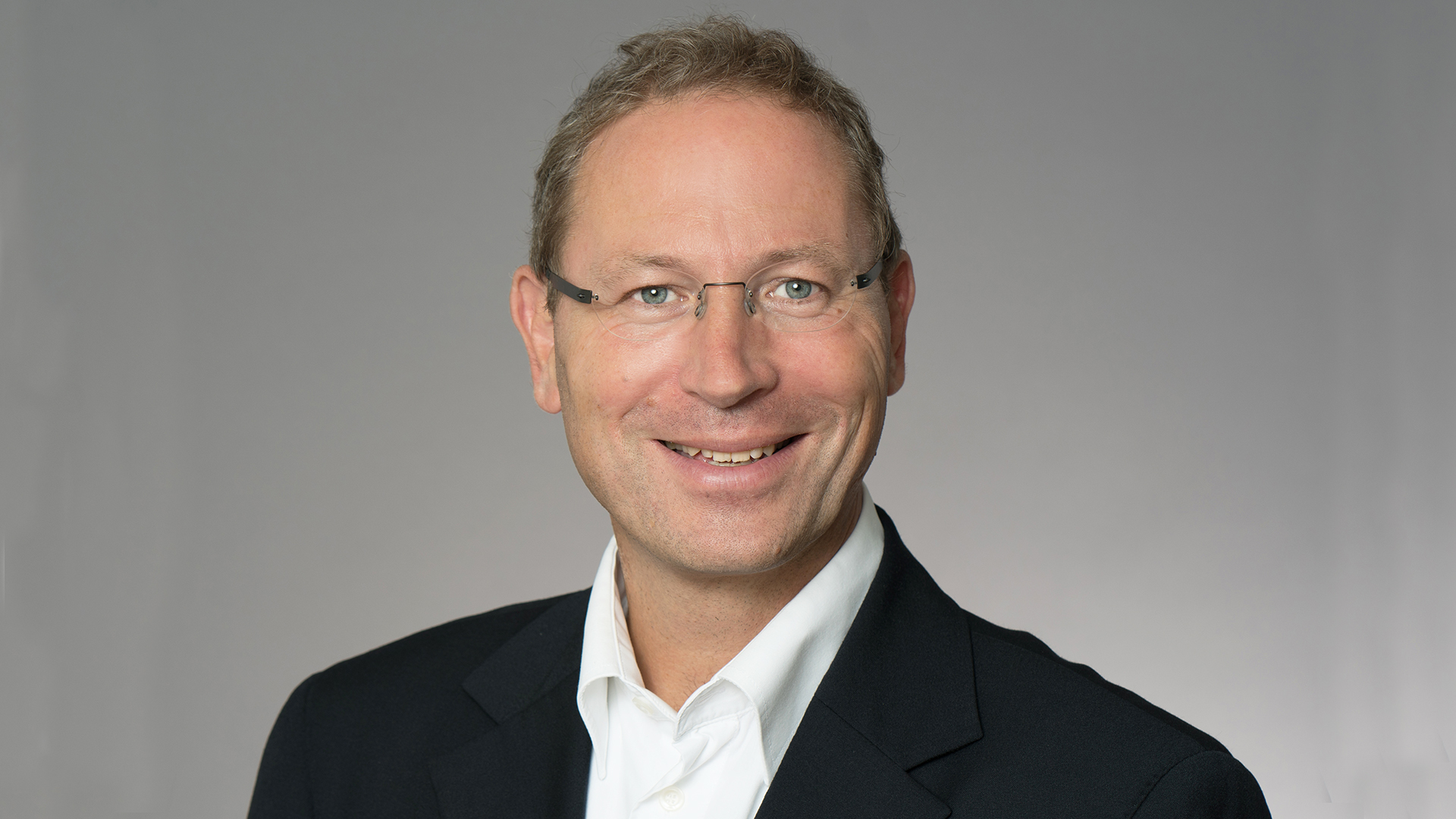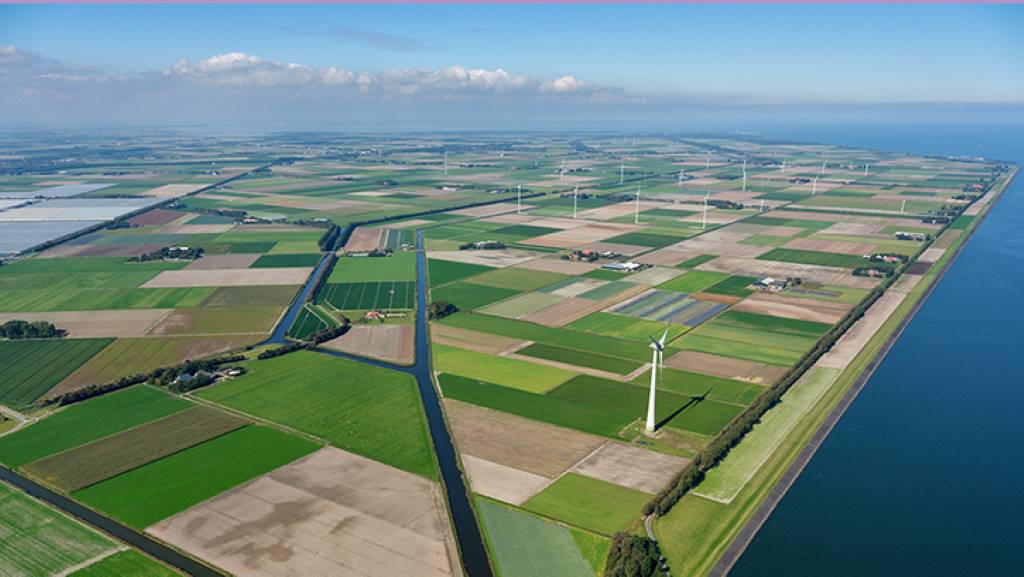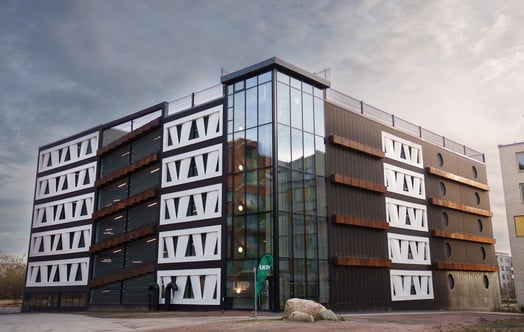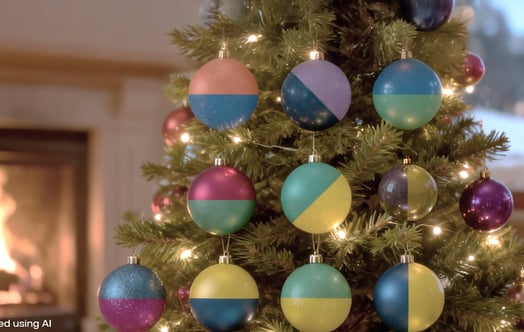Growing market for power purchase agreements
Power purchase agreements, PPAs, are a growing focus for renewable power producers industry. But what is a PPA and what are the opportunities? Hanno Mieth from Vattenfall Trading gives an overview.
 As subsidies are set to be phased out in the coming years, energy companies need new ways to secure the investments in renewable power. Therefore long-term electricity supply agreements like PPAs (power purchase agreements) are becoming a growing focus for operators of solar and wind-power installations, as well as large electricity consumers and traders. At the same time, there is growing demand on the market for 'truly' green electricity.
As subsidies are set to be phased out in the coming years, energy companies need new ways to secure the investments in renewable power. Therefore long-term electricity supply agreements like PPAs (power purchase agreements) are becoming a growing focus for operators of solar and wind-power installations, as well as large electricity consumers and traders. At the same time, there is growing demand on the market for 'truly' green electricity.
What are PPAs? What types of PPA are there? What is the outlook for PPAs and what might the formulas for functioning PPAs be? Hanno Mieth, responsible for the development of power purchase agreements for existing wind turbines and new solar power investments in Germany at Vattenfall Trading, provides an overview.
What is a (corporate) power purchase agreement?
A power purchase agreement is a long-term electricity supply agreement between an installation operator (seller) and an electricity customer (buyer). The buyer can be an intermediary energy trader or energy supplier, or a major direct industrial consumer such as an IT company who need renewable power for its data centres. The agreements are generally signed for a period of up to 10 years, though shorter-term PPAs are also possible.
Purchasing power directly through agreements like these is nothing new in the energy sector. It has long been common practice to conclude direct agreements with energy-intensive customers who want long-term price certainty. In principle, the agreements can cover all types of energy supply, including electricity generated by fossil fuels. However, in today's energy world, corporate power purchase agreements are understood as the supply of power generated by renewable energy from a wind turbine, photovoltaic installation, biomass plant or hydroelectric plant to an industrial end consumer.
The generator of the renewable energy receives a fixed price per megawatt hour, meaning that it can expect fixed returns on its investment and offer the bank the certainty it requires for the loans. The high-demand customer can therefore ensure that its renewable energy supply comes either directly from a specific plant, or from a green portfolio, at a fixed price for the duration of the agreement. The proof of the green quality and origin of the energy supply is provided by the guarantees of origin (GO) of the energy-generating plants.
Why are PPAs in vogue?
There are currently two developments taking place on the market that are reinforcing each other.
On the one hand, subsidies for renewable energies in Europe are falling or are due to be phased out in the near future, particularly in offshore wind. This trend is set to continue. Without subsidies, operators of renewable energy plants must find ways of hedging at least part of their investment risk. One approach is to sell future generation to a buyer.
On the other hand, companies are increasingly looking for energy solutions to meet their ambitious sustainability targets, and are increasingly demanding a direct supply of green power. Almost half of Fortune 500 companies had already set climate targets by 2017. While these primarily included global IT companies with a large energy demand, like Facebook and Microsoft, there is now a growing interest from all sectors.
What types of PPAs are there?
PPAs differ according to who the owner of the electricity generation is and who their customer is – as well as according to the type of power transmission.
On-site PPA
The developer and operator of the wind or solar farm sells the electricity directly to a high-demand customer. This ensures stable prices and access to green energy. The seller is not dependent on subsidies, has a lower market risk and secures stable revenues in the long term. For example, in autumn 2017, Vattenfall and Microsoft concluded a 10-year agreement in the Netherlands for the provision of green energy from the new Wieringermeer wind farm, which is located right next to the data centre.
Vattenfall and Microsoft signed a ten-year power purchase agreement in 2017 where the Wieringermeer wind farm will power Microsoft’s nearby data centre.
Sleeved PPA
This type of power purchase agreement also involves the physical supply of green electricity. However, as the plant is not located on the premises of the high-demand customer, the electricity is supplied via the grid. The electricity is purchased and sold by a trader who usually offers other services, such as for balancing power, forecasts or optimisation of electricity generation. An example of this is the agreement concluded between Vattenfall and Facebook in May 2018 to supply a data centre in Denmark and Sweden, which are supplied with wind energy from Norway.
Vattenfall has today contracted around 4.5 gigawatts of renewable energy from third party producers and aims to almost double this figure by 2020.
Synthetic or Financial PPA
There are also PPAs involving an electricity supply which is virtual rather than physical. Here, the green electricity is traded on the electricity exchange. In this type of agreement, the market risk is hedged and the electricity supply is covered by guarantees of origin (GO).
How will the framework conditions for PPAs in Europe develop?
"Corporate power purchase agreements gained momentum last year as a result of falling prices for generating renewable energy, the phasing out of EEG subsidies, and the growing demand from companies for green energy", explains Hanno Mieth. "In our view, this trend is set to continue. As one of the major players on the market with many years' experience, we have both the technical expertise and a broad range of renewable generation options, and are able to offer this to industrial customers as well as developers."
As Hanno Mieth summarises with regard to the future: "We anticipate – and we're not the only market players who take this view – that subsidies will fall as a result of tendering. As of 2021, the first wind farms will also no longer receive EEG subsidies and will have to be refinanced going forward. In contrast to the Nordic markets, in Germany we will see more short-term PPAs for one to five years, as subsidies for the plants will gradually be phased out. There will therefore be an increasing supply of green electricity on the market available for PPAs."
Read more:
PPAs directly link to Vattenfall’s purpose
Vattenfall announces major wind power supply deal with Microsoft



